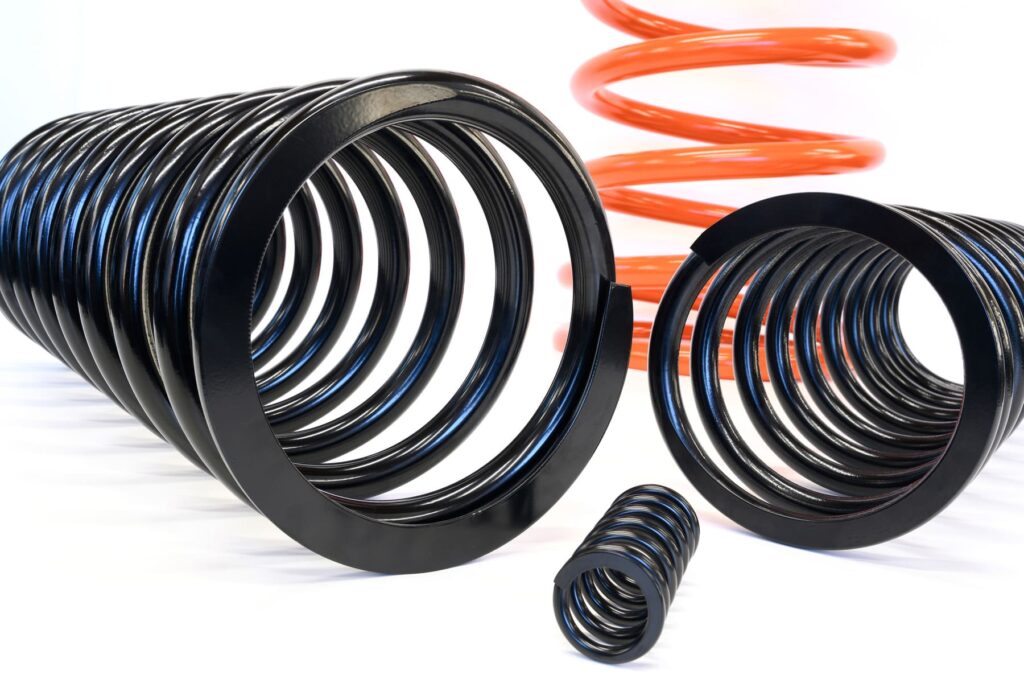
Springs are essential mechanical components that store and release energy to perform a specific function. There are three common types of springs: compression, tension and torsion springs.
The Oxford Languages definition is an elastic device, typically a helical metal coil, that can be pressed or pulled but returns to its former shape when released, used chiefly to exert constant tension or absorb movement.
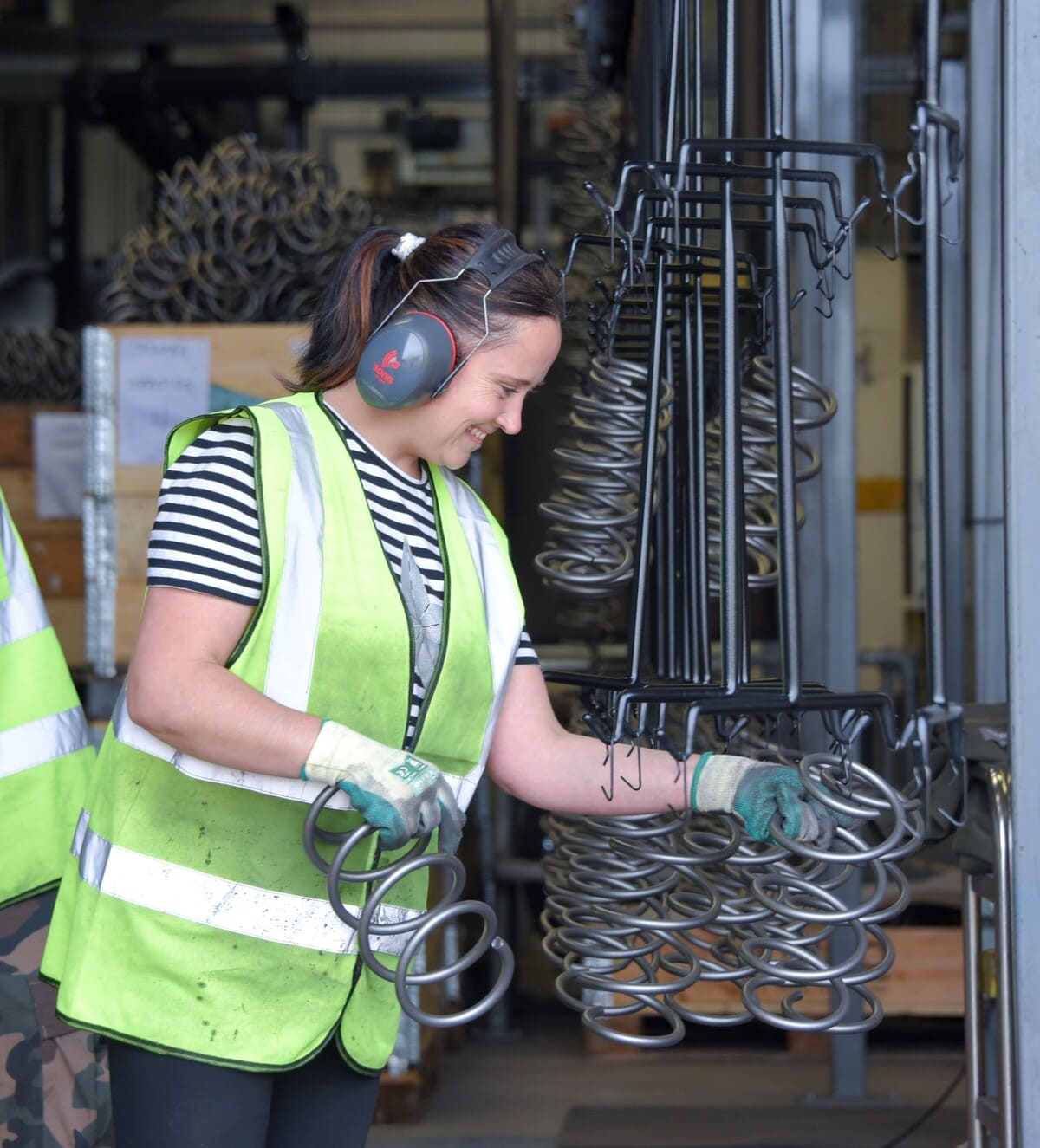
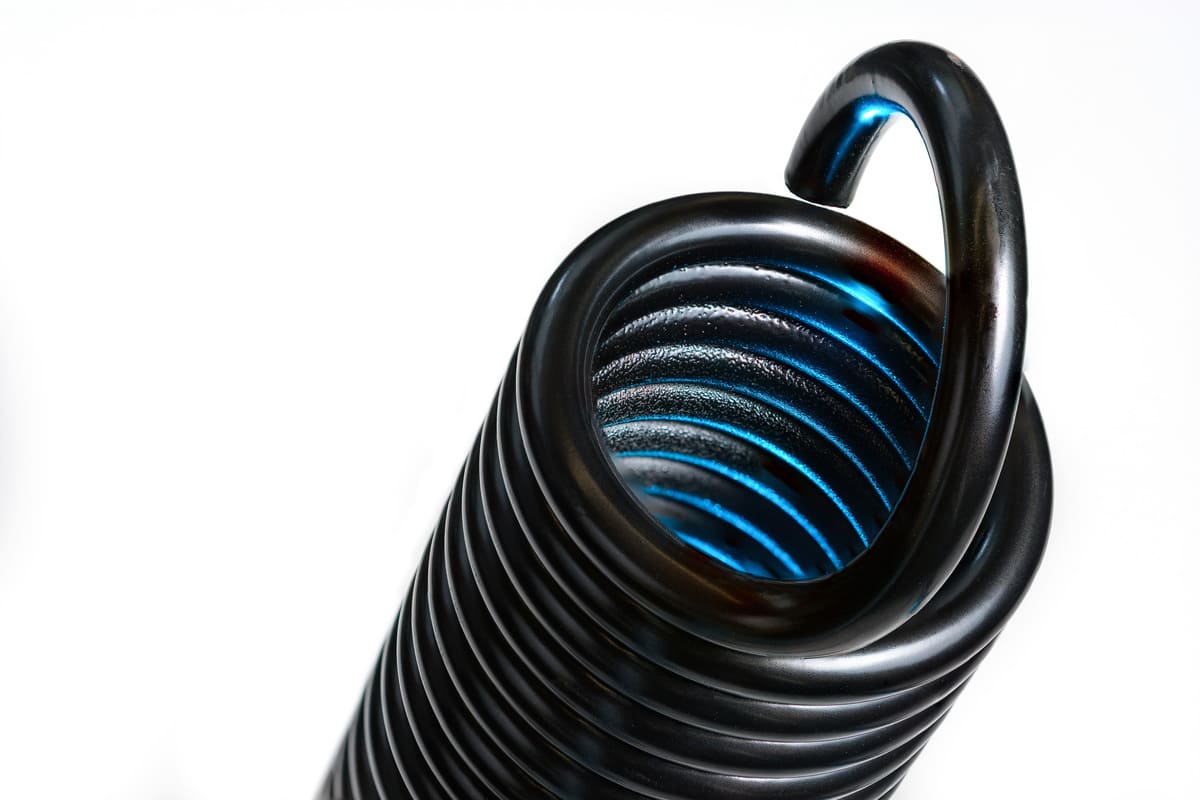
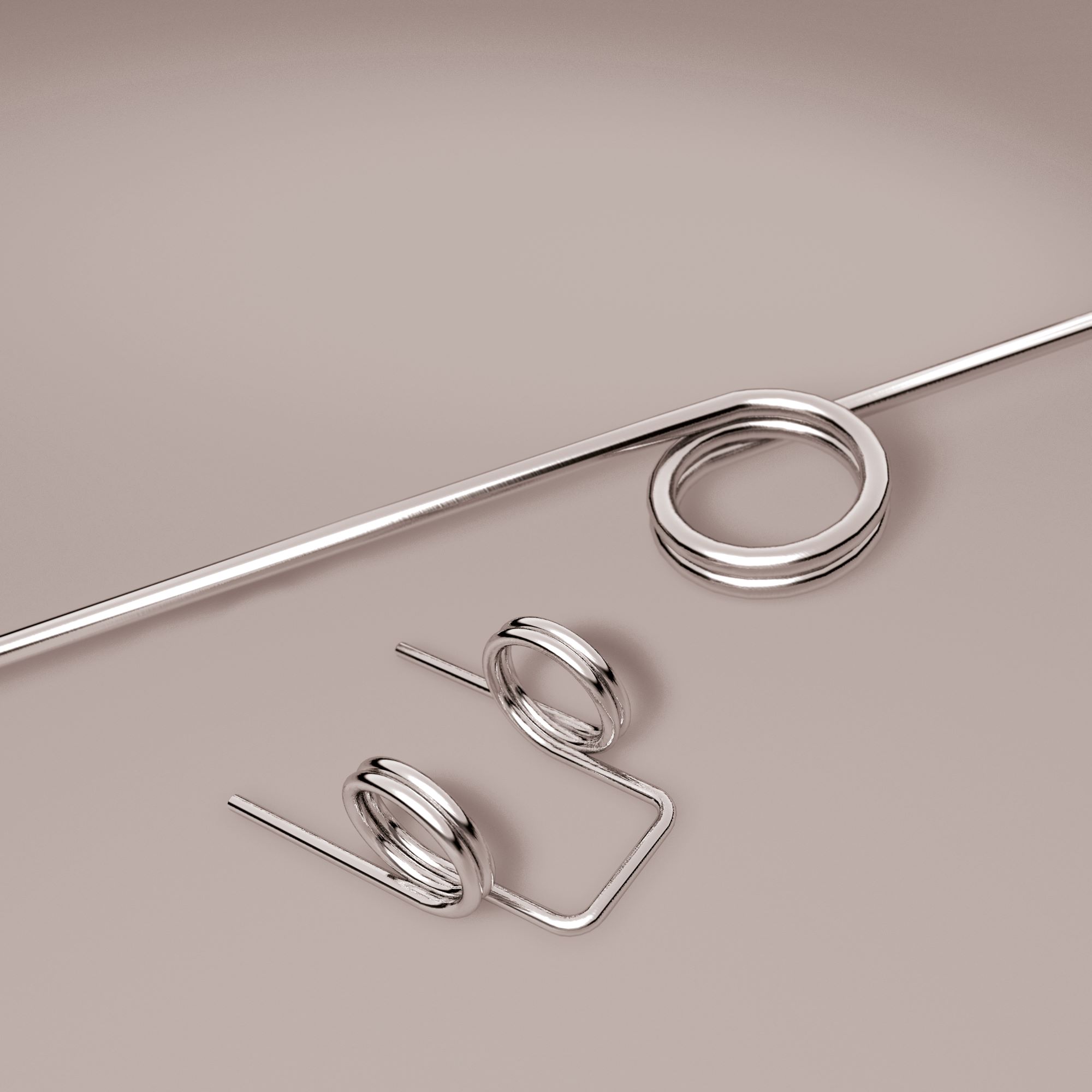
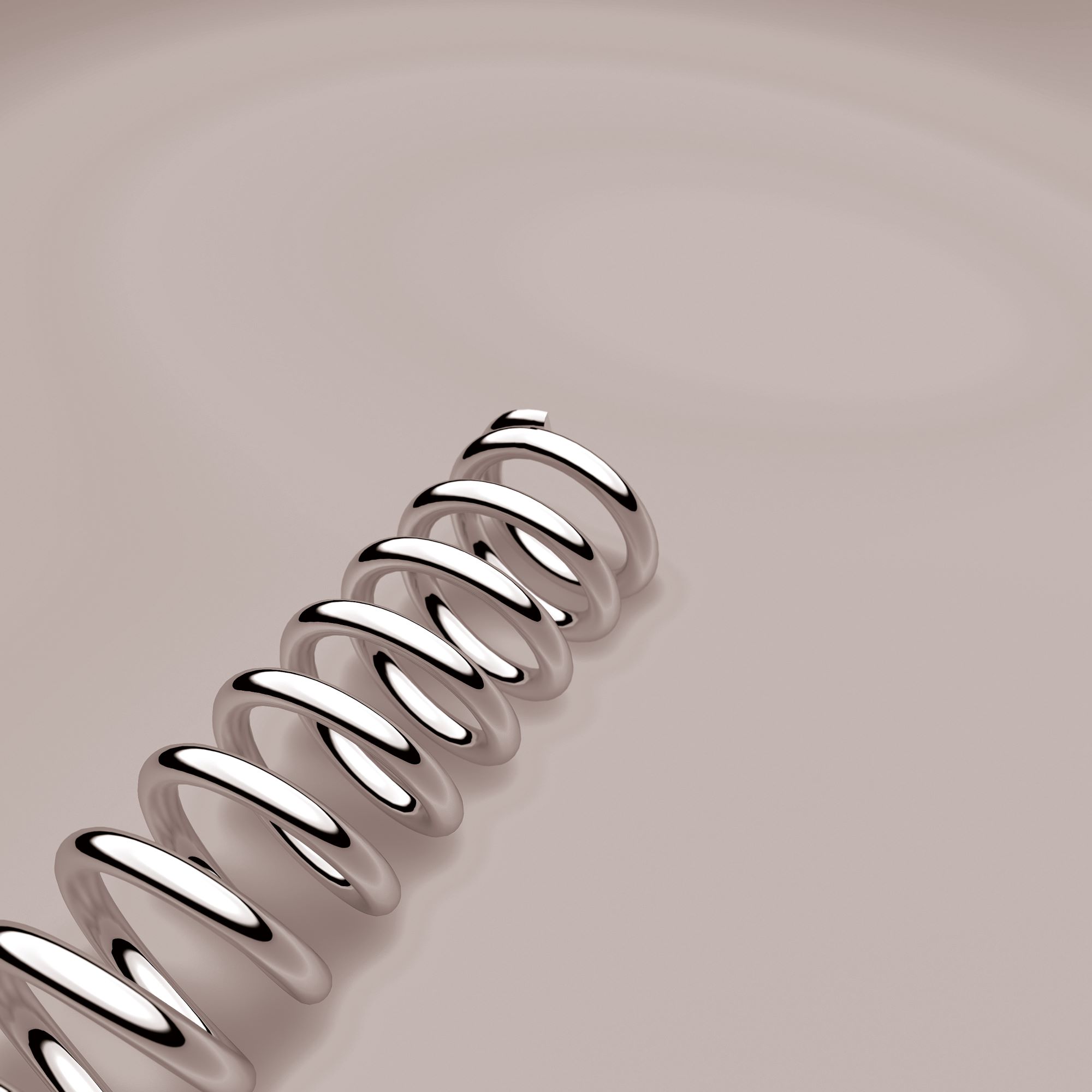
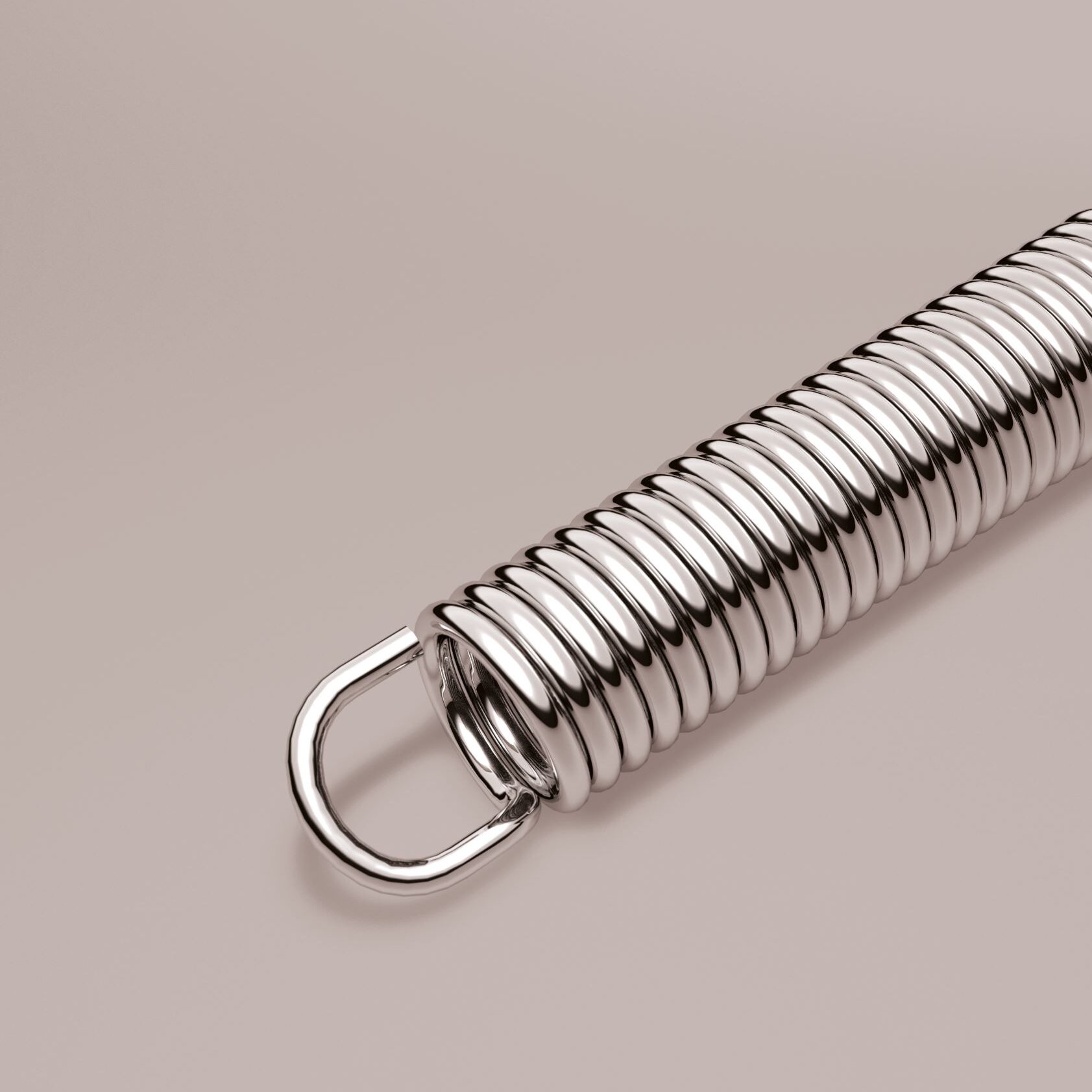
Our heavy duty springs are at the epicentre of the energy, transport, construction, motorsport, agriculture, rail, mining, oil and gas and robotic sectors, as well as many other industries.




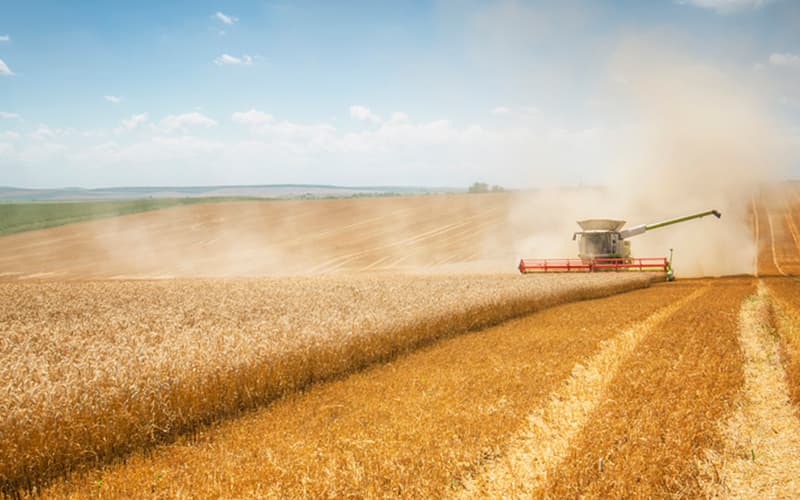
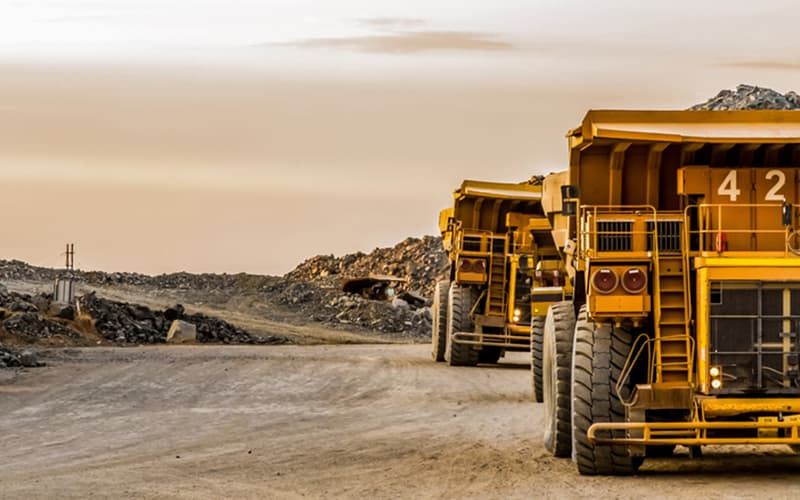
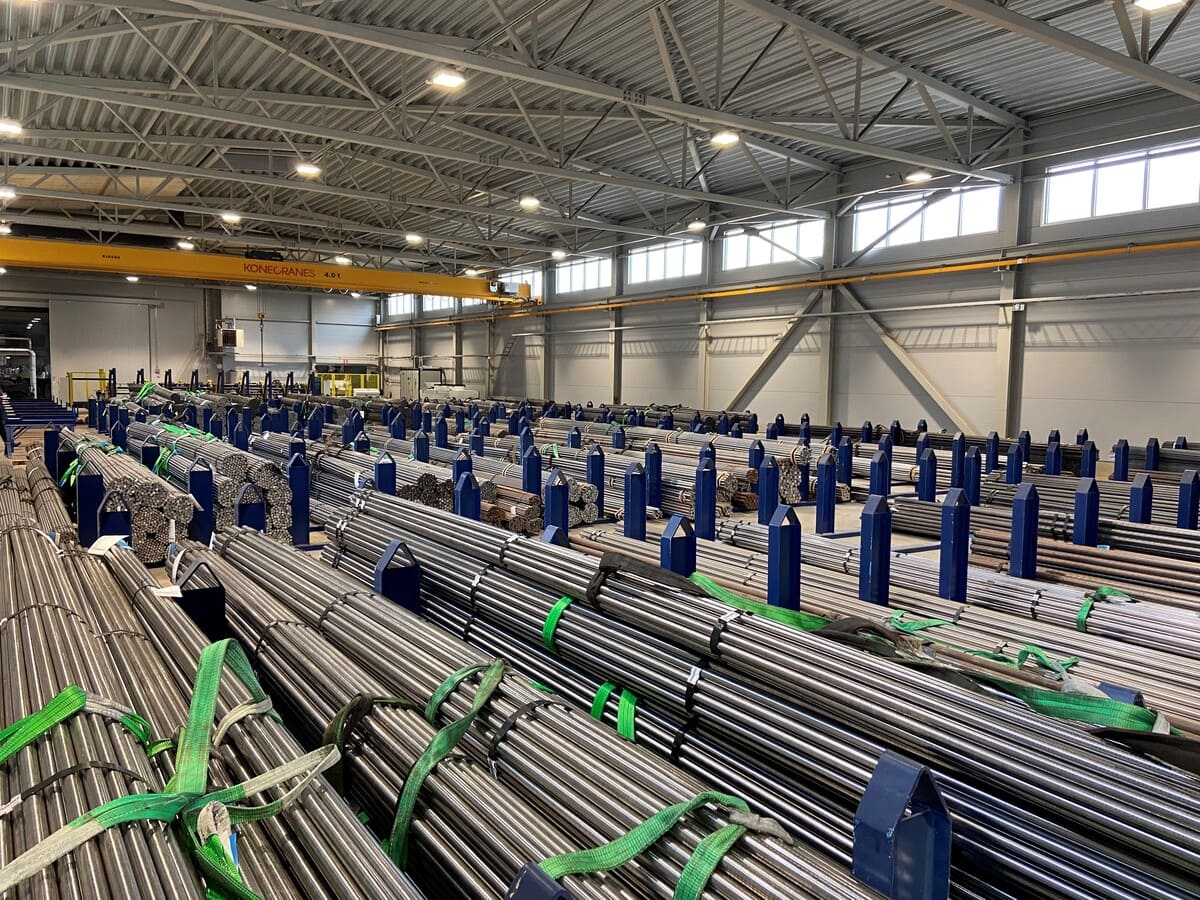
Springs are everywhere. From micro to massive, they are an essential component of a hugely diverse range of products. Across our group, we have springs that feature in extraordinary environments ranging from satellites to shipping from mining equipment to medical equipment to the most advanced technologies and the fastest of cars.
Our springs are a key part of the world’s infrastructure and it is our 175 year spring manufacturing legacy that ensures that the right spring design with the right spring material, married with expert manufacturing processes, secures the optimum performance and durability for the application of its purpose.
We are world-leading heavy duty spring manufacturers, delivering the greatest expertise in compression, torsion and tension spring manufacturing.
Delivering impact to every industry, we guarantee spring solutions that will optimise your performance and success.

